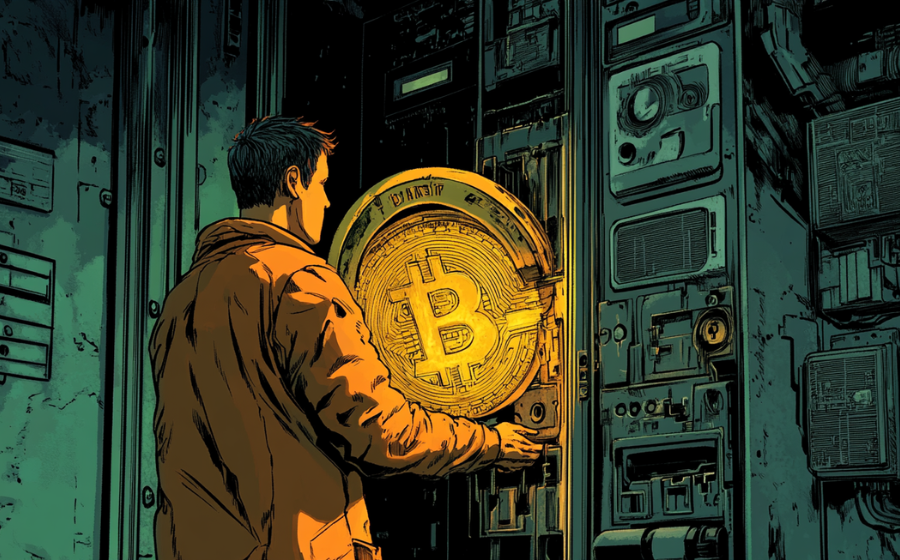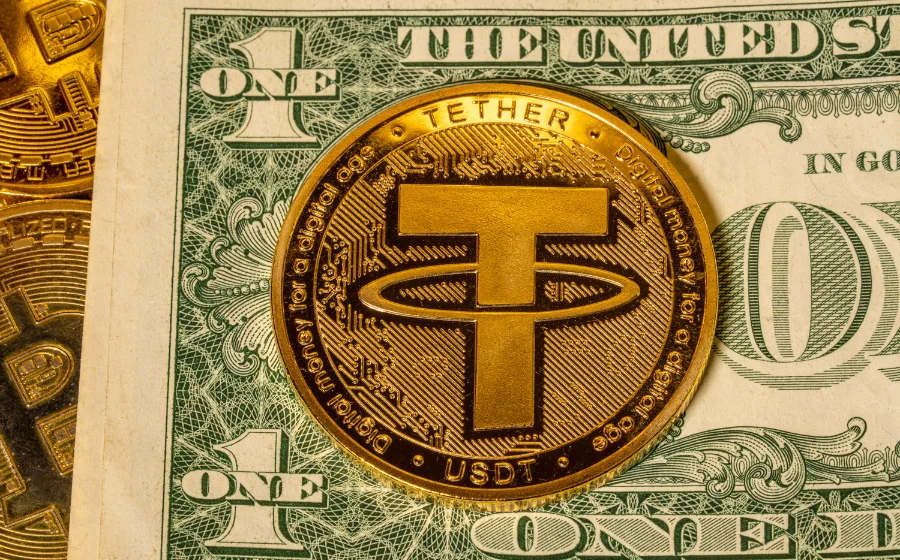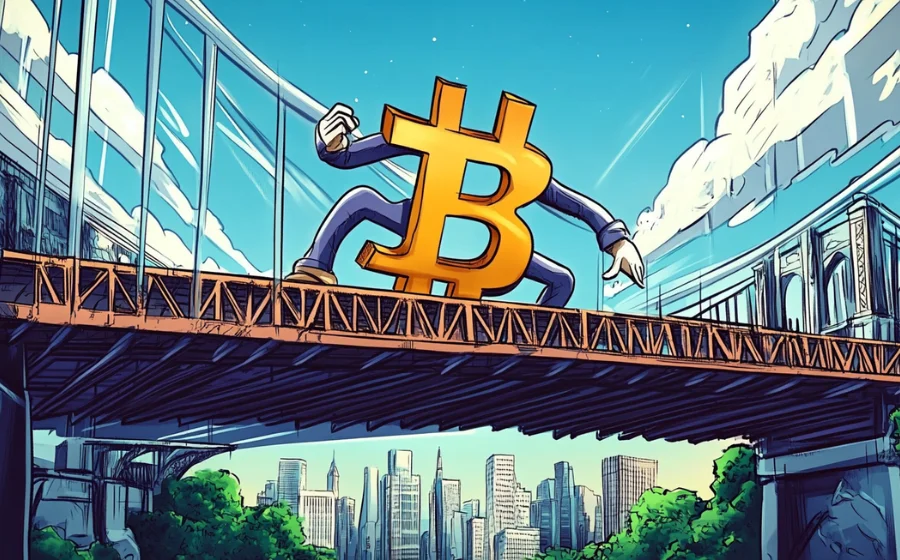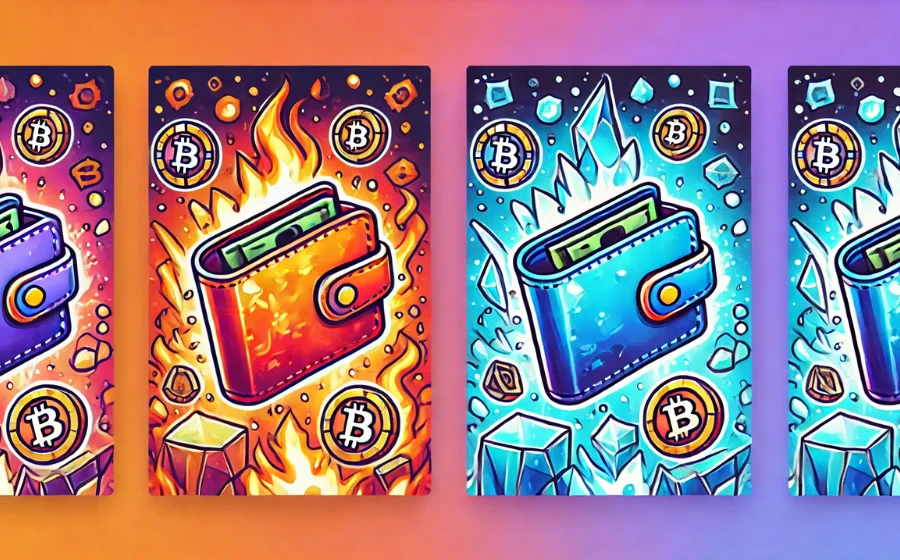
KEYTAKEAWAYS
- Token Unlocks refer to the scheduled release of locked tokens into circulation, often following vesting rules to prevent early dumping and promote market stability.
- There are 2 main unlock types: Cliff Unlock, which releases a large chunk at once, and Linear Unlock, which gradually releases tokens over time.
- Investors should monitor unlock calendars via platforms like TokenUnlocks or CoinMarketCap, and follow official project channels for real-time updates and changes.

CONTENT
Learn what a Token Unlock is, why it matters to crypto investors, the types of unlock schedules, and how to track upcoming events to better manage risk and opportunity.
WHAT IS TOKEN UNLOCK?
In the world of crypto, Token Unlock is more than just a technical term—it’s a critical event that can significantly impact price action and investor behavior.
Put simply, a Token Unlock refers to the scheduled release of previously locked tokens into the circulating supply. These tokens—often allocated to team members, early investors, advisors, or ecosystem funds—are initially restricted from trading to prevent early dumping that could crash the token’s price. The unlock process typically follows a vesting schedule outlined in the project’s tokenomics or whitepaper.
Think of it like a fixed-term savings account: once the lockup period ends, the funds become accessible. Similarly, once tokens are unlocked, they can be traded, sold, or staked, which increases the circulating supply and may introduce new sell pressure—especially if the unlocked portion is substantial.
Understanding Token Unlock events is essential for anyone serious about crypto investing. Each unlock represents a shift in supply dynamics, offering both potential risks and opportunities depending on the context.
In short, tracking Token Unlock schedules helps investors stay ahead of market movements and better assess short-term volatility versus long-term value.
>>> More to read: What Are Soulbound Tokens (SBT)?
WHY IS TOKEN UNLOCK SO IMPORTANT?
A Token Unlock isn’t just a technical milestone—it plays a crucial role in maintaining price stability, protecting retail investors, and building long-term trust in a crypto project.
1. Preventing Early Dumping and Market Crashes
At its core, Token Unlock functions as a safeguard. If all tokens were released into the market at launch, the sudden surge in supply could trigger massive sell-offs, sending the price into a downward spiral. By unlocking tokens gradually, projects can control the flow of supply, avoid sharp price swings, and ensure healthier market dynamics.
This aligns with basic supply and demand economics: a steady, predictable supply helps maintain more stable prices.
2. Protecting Retail Investors and Market Integrity
Locking tokens also protects against insider manipulation. Early investors, core teams, or advisors are often sitting on large allocations. Without a Token Unlock schedule, these stakeholders could sell huge amounts instantly—hurting retail participants who don’t have the same level of information or capital.
By enforcing vesting periods and staged unlocks, projects can create a more level playing field for everyone involved.
3. Aligning Incentives with Long-Term Success
For team members and early supporters, locked tokens are a commitment mechanism. They can’t just cash out and walk away—they’re incentivized to stay engaged and contribute to the project’s success over time.
Projects with clear, transparent Token Unlock schedules send a strong message: we believe in our roadmap, and we’re in it for the long haul. This transparency boosts investor confidence and community support.
>>> More to read: What is a Token Generation Event (TGE)?
TYPES OF TOKEN UNLOCK
Most crypto projects implement Token Unlock through 2 primary methods: Cliff Unlock and Linear Unlock. While both aim to gradually release tokens into circulation, they differ significantly in timing and impact.
📌 Cliff Unlock
A Cliff Unlock releases a large portion of tokens at once—or over a very short period—immediately after the initial lock-up phase ends. This method is commonly used in early-stage projects or developer incentive plans.
✅ Key Features:
- Sudden spike in token supply after the cliff period ends
- Simple and direct, offering immediate access to funds
➤ Advantages:
- Allows the project team to access capital in bulk, which may be useful for strategic goals such as development or marketing
➤ Risks:
-
A sharp increase in circulating supply within a short timeframe can cause significant downward pressure on the token’s price if market demand doesn’t keep up
📌 Linear Unlock
A Linear Unlock distributes tokens gradually over time, based on a predetermined vesting schedule—often monthly or quarterly—after the lock-up period ends.
✅ Key Features:
- Supply increases steadily and predictably
- Easier for markets to absorb new tokens without price disruption
➤ Advantages:
- Minimizes price volatility by smoothing out token releases
- Supports market stability through predictable and incremental supply changes
➤ Adoption:
Many mainstream projects and institutional investors prefer Linear Unlock for its ability to reduce market shock.
>>> More to read: What is Security Token Offering (STO)?
HOW TO TRACK TOKEN UNLOCK SCHEDULES?
Staying on top of Token Unlock timelines is critical for investors, as unlock events often coincide with potential price fluctuations. Here’s how to reliably track upcoming unlocks and interpret their impact.
1. Use Token Unlock Data Platforms
One of the most widely-used platforms is Token Unlocks, which provides a calendar-based view of upcoming unlock events across various crypto projects. It includes:
- Unlock dates
- Number of tokens to be unlocked
- Percentage of total supply
- Current market value
- Visual charts for easier analysis
This makes it easy for investors to get a quick snapshot of which tokens are entering circulation—and when.
🔍 Other useful platforms include:
- CoinMarketCap: Offers tokenomics sections with unlock/vesting data, and even has a dedicated Token Unlock & Vesting Schedule page.
- CoinGecko: Similar data available under each token’s page.
These platforms aggregate reliable on-chain and project-released data to help investors assess upcoming supply pressures.
2. Follow Official Project Channels
While third-party aggregators are useful, the most accurate and up-to-date source is always the project team itself.
Project whitepapers often include the full Token Unlock and vesting schedule. Updates may also appear on:
- Official websites
- Medium blogs
- X (formerly Twitter)
- Telegram announcement channels
- Discord servers
It’s worth noting that unlock schedules aren’t always fixed. They may be adjusted based on market conditions, development progress, or even regulatory concerns.
✏️ “Following official project announcements is the foundation for avoiding misinformation and making smart investment decisions.”
TOKEN UNLOCK FAQ
Q1: Does a Token Unlock always lead to a price drop?
A: Not necessarily. While a Token Unlock increases circulating supply—which can theoretically create downward pressure—the actual impact depends on several key factors:
- Unlock ratio vs. circulating supply: A large unlock relative to total supply could exert more pressure.
- Market sentiment: In bull markets, unlocks may be absorbed more easily. In bear markets, the effect can be magnified.
- Project fundamentals: Tokens from projects with strong technology, utility, and community support tend to handle unlocks more gracefully.
- Type of token holders: Unlocks going to long-term team members or strategic investors may behave differently from retail unlocks.
Q2: How can I know in advance which tokens are about to be unlocked?
A: There are several reliable sources to track upcoming Token Unlock events:
- Data platforms: Tools like Token Unlocks, CoinMarketCap’s “Token Unlock and Vesting” section, CoinGecko, and CryptoRank offer detailed calendars and metrics.
- Official project announcements: Always follow the project’s website, whitepaper, Medium blog, Twitter (X), and Telegram channel for the most accurate updates.
- Crypto news sites: Reputable media outlets often publish weekly or monthly summaries of major upcoming unlocks.
Q3: As an investor, how should I prepare for token unlocks?
A: Here are some practical strategies to manage risks around Token Unlock events:
- Do your research: Understand which project is unlocking tokens, the quantity, unlock method (cliff or linear), and who will receive them.
- Evaluate fundamentals: Unlocks are just one variable. Look at the project’s long-term value, roadmap, ecosystem traction, and community engagement.
- Plan your trades: You might reduce exposure ahead of a major unlock, or monitor post-unlock market behavior for buy-the-dip opportunities.
- Risk management: Avoid overexposure to a single token, diversify across assets, and set stop-loss levels to protect capital.

















